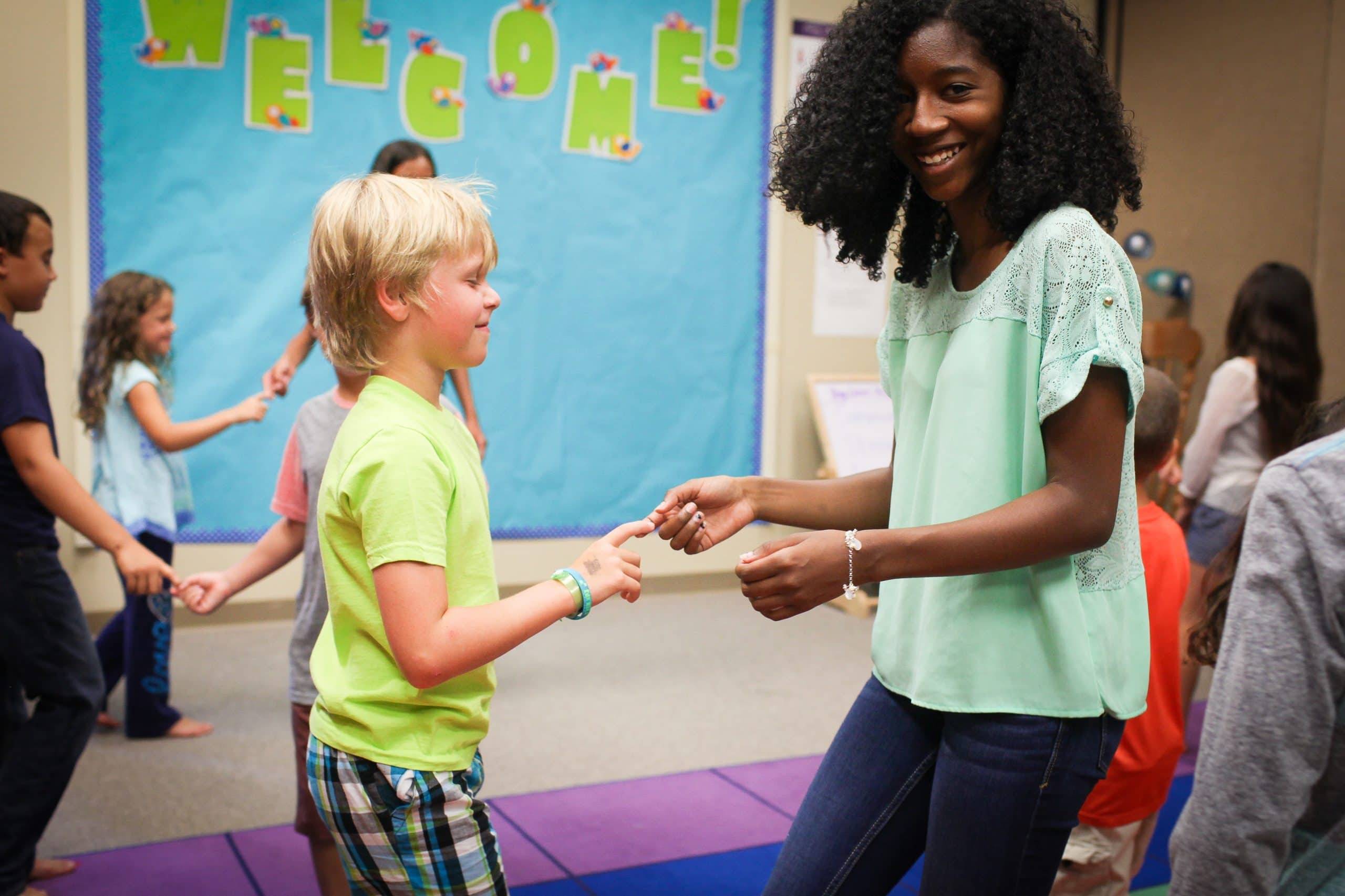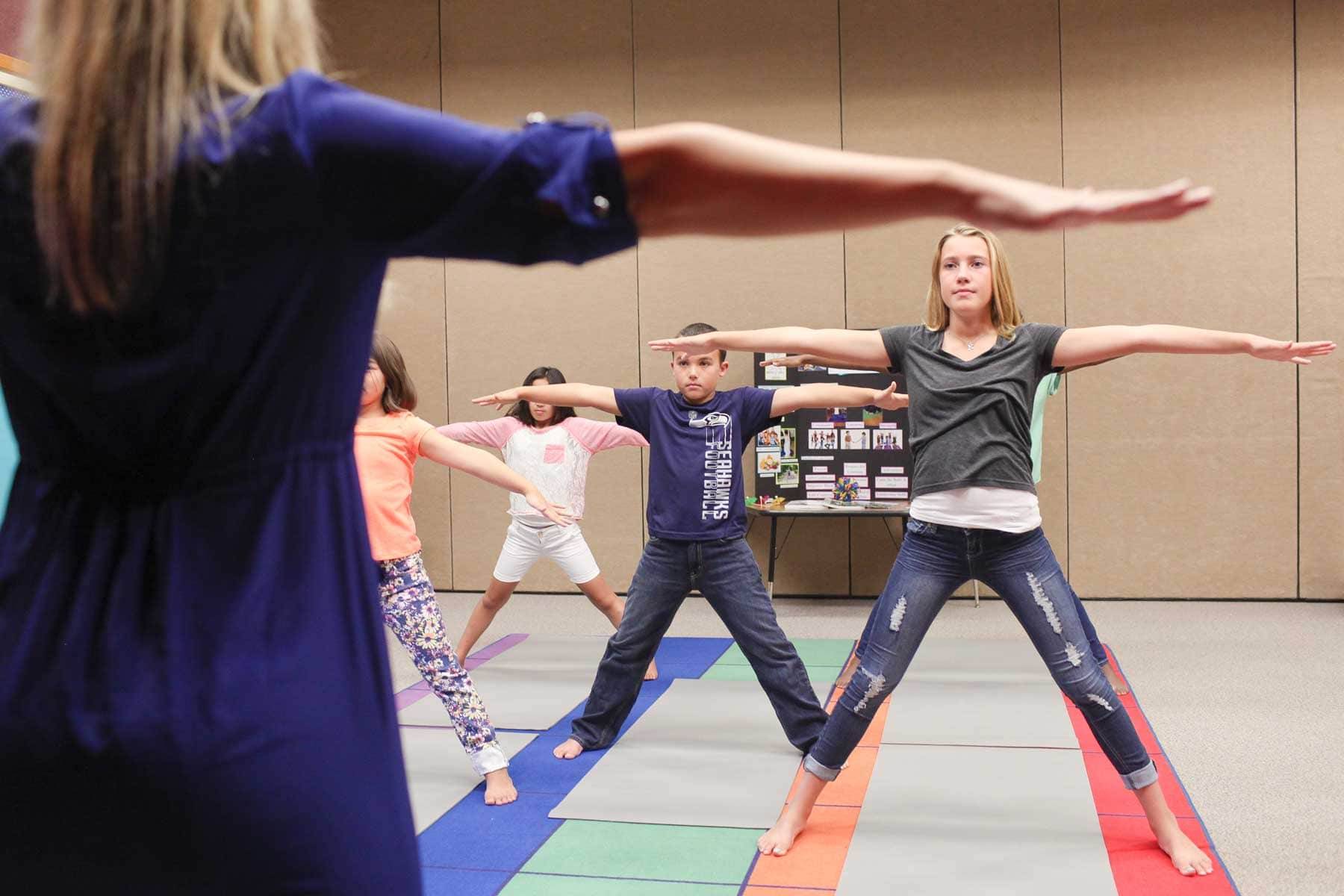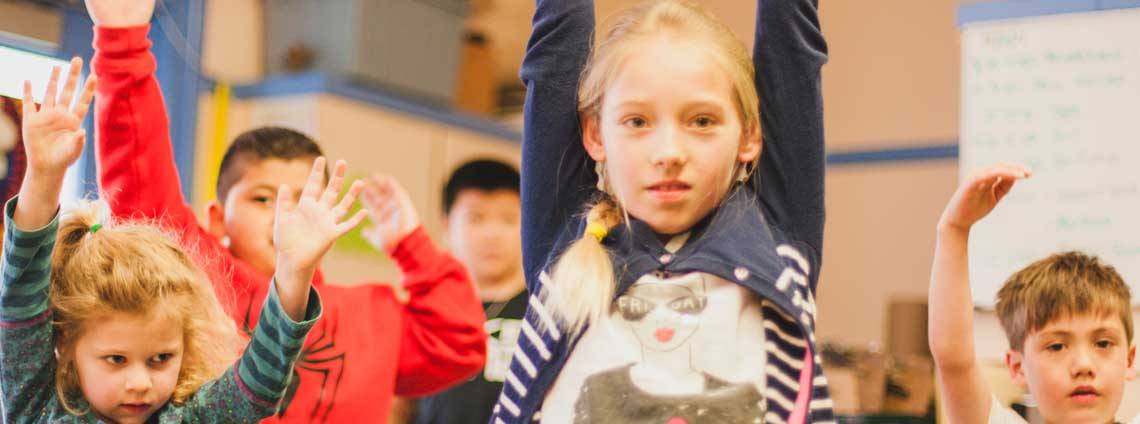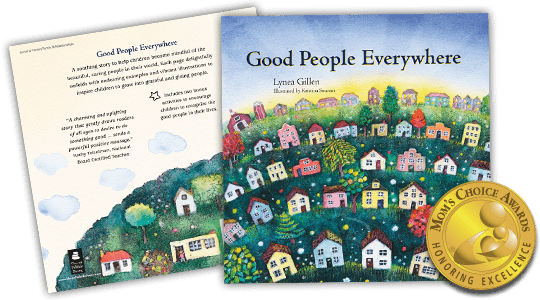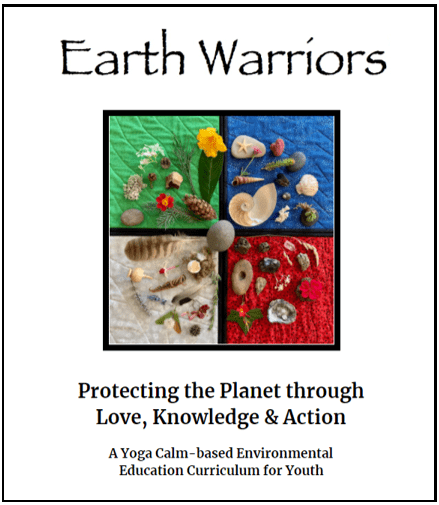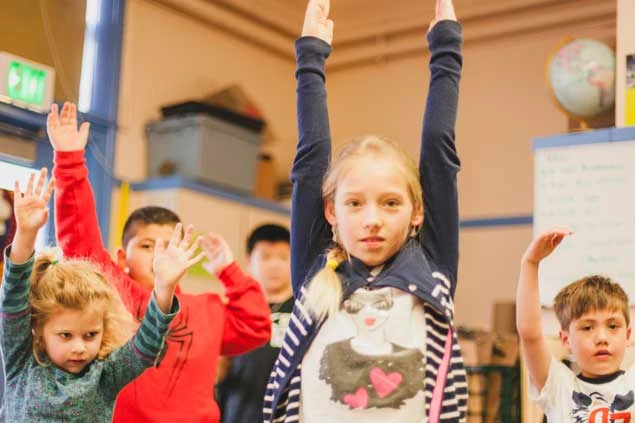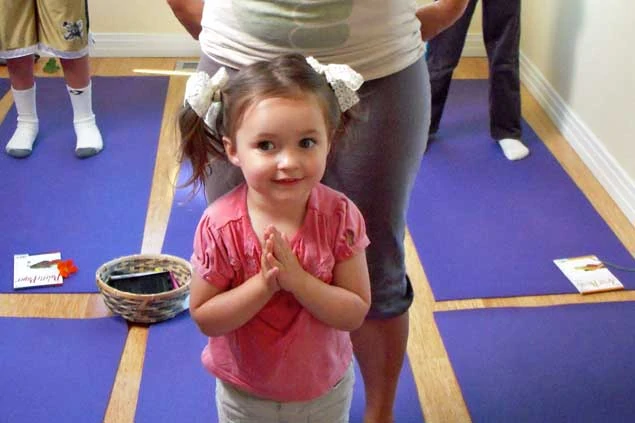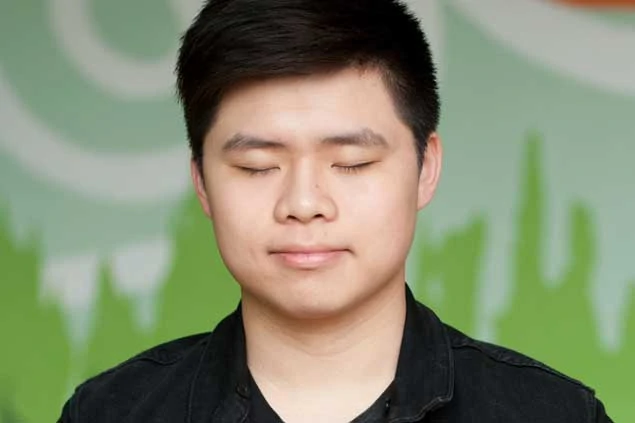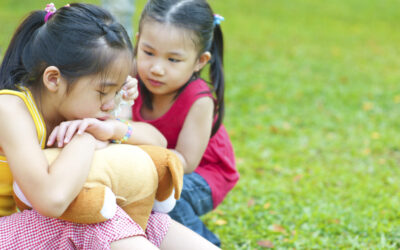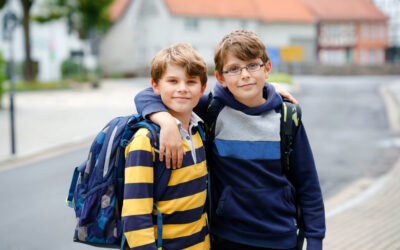Giving Kids the Tools They Need to Succeed.
There are lots of yoga programs for kids. There are lots of programs that aim to bring mindfulness to the classroom. There are lots of programs that support social-emotional learning.
Only Yoga Calm brings together all three in a dynamic way, addressing the needs of the whole child.
Yoga
Mindfulness
Social-Emotional Learning
Building Resilience
You want your kids to become their own best selves – academically, physically, socially, emotionally. You want them to be resilient in a constantly changing, ever more challenging world. You want them to be happy, healthy, and whole.
Yoga Calm can give them the tools they need to succeed.
Originally developed for classroom use, Yoga Calm is now used in a wide variety of clinical and therapeutic settings, including the Mayo Clinic and the University of Minnesota Masonic Children’s Hospital.
Classroom & Clinic Tested to Work in Any Setting & with All Ages & Populations.
Ready to Get Started?
Why wait? Get started now to bring the benefits of Yoga Calm to the youth in your life. Our online Certification Course bundle provides expert instruction, personalized coaching and lifetime support for your personal and professional growth. It’s even college accredited with a money back guarantee. Click here to see why it’s the most popular and cost-effective training option.
Award winning. Research supported. College accredited. Teacher approved. Family endorsed.
Even teaching my first lesson, I felt the relationship with my students change, and grow, for the better. There was a heightened sense of respect for each other, better concentration, more focus, and a pervasive happiness and calm that spread through our classroom. Until Yoga Calm, I’d never had such success!
Yoga Calm is the most results-producing approach I have used in 35+ years as an Occupational Therapist – and a great way to provide Response To Intervention (RTI) support. Students now know what to do with the messages their body is sending them and learn strategies to maximize academic achievement.
Yoga Calm’s body-based approach to emotional regulation has been a fabulous addition to our CBT and DBT (cognitive) treatment approaches. Our adolescents have learned how to listen to their bodies as part of the recovery processes.
Since 2005
Teachers Trained
Kids Impacted
National Awards
Countries
Nurturing Youth into Happy, Healthy, Successful Adults
Developed from more than 30 years’ experience in education, counseling and yoga practice, Yoga Calm helps children and teens develop emotional resiliency, leadership and communication skills, trust and empathy, focus and self-control.
Yoga Calm is especially effective for special needs, including ADHD, autism spectrum disorders (ASD), and behavior and mental health issues. Originally developed in behavior classrooms, it readily provides the foundation for trauma-informed practices, as well.
The physical yoga is safe for and accessible to all populations. Individual activities can be taught by anyone, in any environment – in as little as 5 minutes!
Recently From the Yoga Calm Blog
Yoga Calm Fundamentals: Identifying & Working with Feelings
It’s a familiar idiom on social media: I feel some feels. I’ve got all the feels. This hits me right in the feels. Shorthand for the word “feelings,” Know Your Meme describes “feels” as a word used to describe an intense emotional response, such as sadness, excitement...
The Need to Nurture Good Human Skills
We all know school is about so much more than just academic learning. Yes, the knowledge gained in reading, math, history, science, writing and the like is important. The academic foundation gives them the necessary tools to keep learning and growing their brain...
“Less Stress & More Classroom Success” for Latino Kids through Mindful Movement
While the youth mental health crisis doesn’t discriminate, some populations have taken a harder hit than others. According to a four-year study out of DePaul University that explored pre- and post-pandemic mental health among elementary and middle school kids (age 11...

